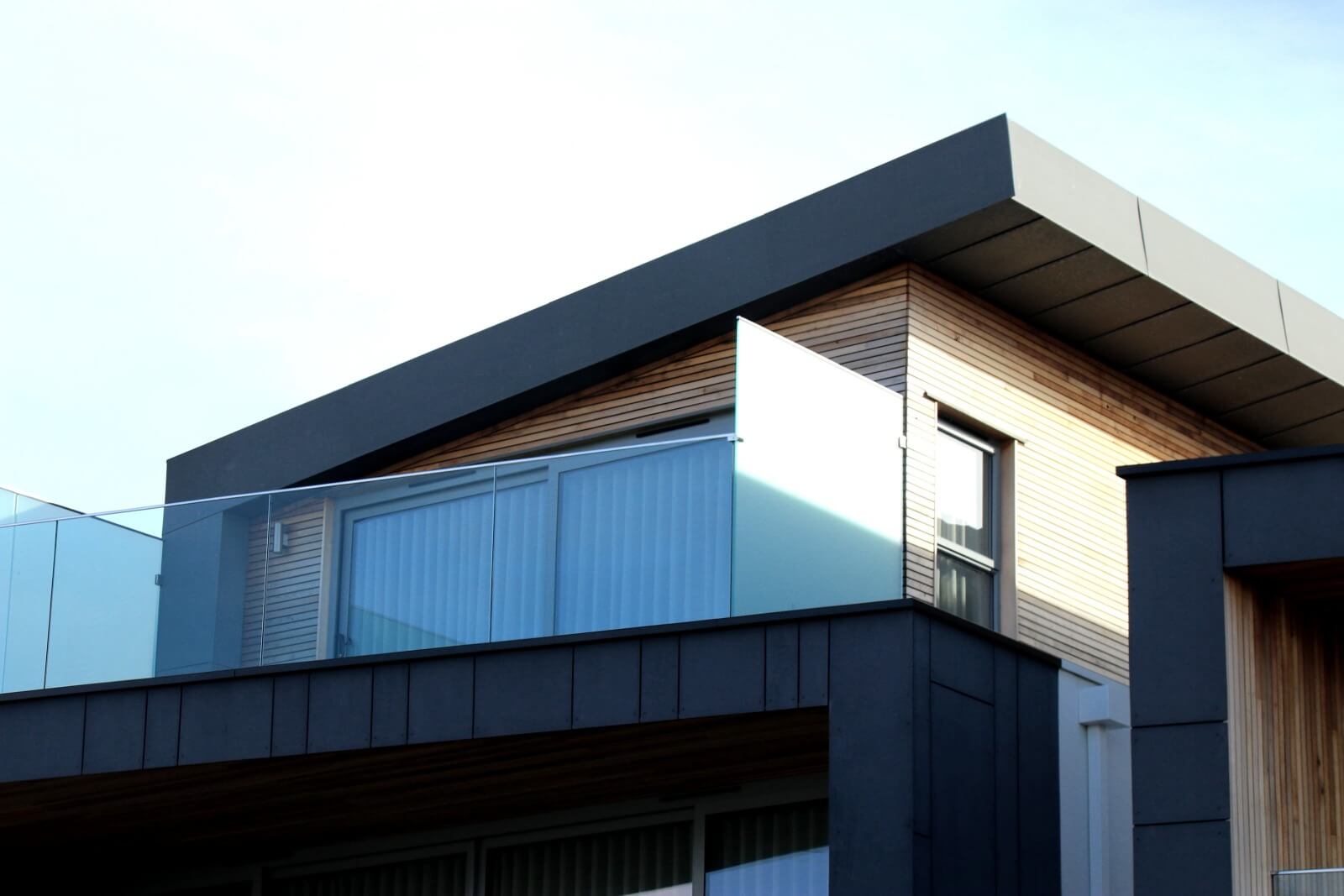

Has your house become too small or would you just like an extra space? Placing an extension to your home is the perfect solution! In principle, you stick a new building to the existing house. There are numerous options for adding an extension, both in terms of materials and furnishings. We list the popular forms of construction with their pros and cons.
The choice of material and construction depends on a number of factors. Firstly, the location of the extension. If you would like to have a nice view of your garden, it is better not to opt for solid construction, because with skeleton construction you can provide larger windows. Secondly: how many windows and which types would you like to use? For example, a metal skeleton can more easily provide cantilevers, which means that larger windows can be used. The most popular construction methods with their advantages and disadvantages are:
OPTION 1: CONSTRUCTION IN A TIMBER FRAME
The use of a timber frame to build a house is becoming more and more popular every year. The construction of an extension with a wooden skeleton goes smoothly. A wooden construction can be finished with a material of your choice. It is also possible to finish the wood frame with wood. Working with a wooden frame has many advantages. A construction in wood is both sustainable and ecological. In addition, wood provides good insulation against both cold and noise. A final advantage is that with wood anything is possible in terms of architecture, both in terms of windows and finishing. The biggest disadvantage of a timber frame is that you have to avoid moisture. If you are going to build it yourself, keep in mind that vapour barriers on the inside of the insulation are necessary!
OPTION 2: CONSTRUCTION IN A METAL SKELETON
Do you like an industrial look and do you want to use a lot of windows and spans? A metal skeleton is a construction method that is aimed at lovers of clean, modern architecture. It provides enormous openness and transparency because you can work with large spans. With steel construction you can also choose between a wide range of materials for finishing such as slate, stone, tile tiles, cement fibre boards, plastering, wood. An important advantage of steel construction is the speed of the work. Within a few days, the skeleton is already there and then only external walls have to be mounted on it. The outer walls do not have a supporting function, so you can play with the layout of the extension. Steel frame construction is viewed negatively because of the fire safety. Steel loses all its quality at temperatures above 800°C. These temperatures are quickly achieved in a house fire, but the negative consequences can be limited by applying fire-resistant paint.
OPTION 3: MASONRY EXTENSION
For a more rustic style, you can choose to build your extension in brick. A stone construction can also be adapted to your own taste or style of the house. A masonry extension is made of a high-quality material that has proven its strength over the years. Keep in mind that with such an extension you are more limited in terms of layout because you need load-bearing walls instead of columns. A direct consequence of this is that the windows become smaller. Compared to skeleton construction, the installation of a masonry construction will also take more time.
For the exterior, you can choose between two options: contrast with the existing house or extend the chosen style. Both options have their own charm and advantages.
OPTION 1: CONSTRUCTION IN CONTRAST TO THE HOUSE
If you not only want to expand your home with your extension, but also create an eye-catcher, you can contrast the style of the extension with the rest of the home.
OPTION 2: STYLE HOUSE EXTENSION UNDER CONSTRUCTION
You can also extend the style of the original house into your extension. In this way, both form a whole and the extension becomes a part of the living space.
